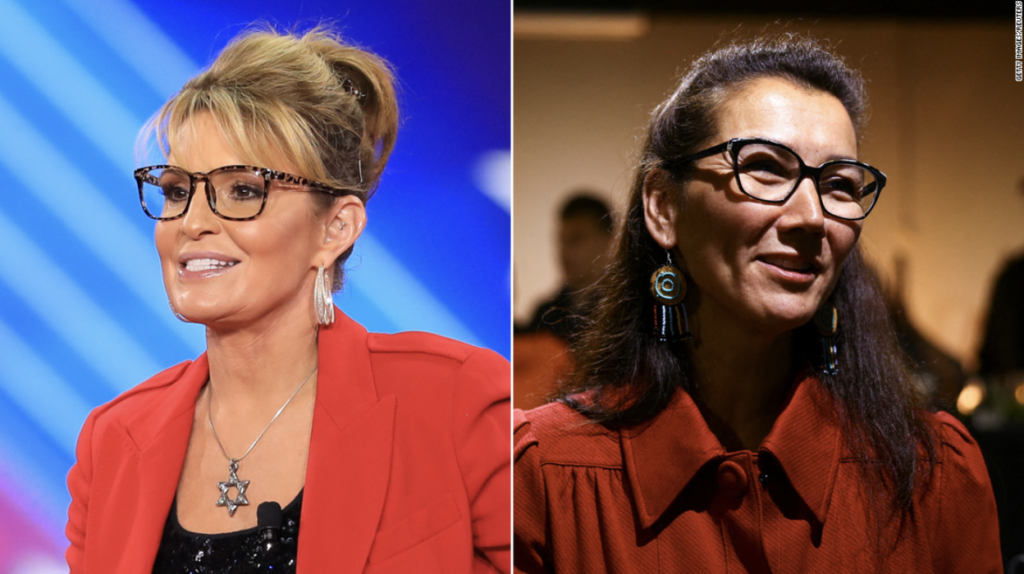Sarah Palin Comes Up Short

Image Courtesy Of CNN
Image Courtesy Of CNN
By Jack Cherico
Many people know the name Sarah Palin. As the first woman and youngest person to ever be elected governor of Alaska, she has gained notoriety over the years. After a failed Vice Presidential campaign in 2008, Palin turned her attention to the political commentary sector, working with Fox News as well as numerous other TV shows on TLC and TAPP-TV. Palin has had a career marred with controversy, and her resignation as governor in 2009 left a bad taste in the mouth of Republicans in Alaska and across the country. Former President Donald Trump endorsed Palin, as she supported him in his 2016 presidential election campaign.
After the death of Alaska Representative Don Young earlier in March of 2022, Palin announced her candidacy in a special election to finish out Young’s term. Palin’s main adversary was Democrat Mary Peltola, a Native Alaskan who served in the Alaska House of Representatives from 1999-2009.
This election wasn’t like any usual Alaskan election; however. This was the first election that utilized the system of rank choice voting. Rank choice ballots are initially counted for each voter’s top choice. If a candidate has more than half of the vote based on first-choices, then that candidate wins the election. However, if a candidate did not have more than half first choice votes, then the candidate with the fewest votes is eliminated, and the voters who selected the defeated candidate as a first choice then have their votes added to the totals of their second choice. This process continues until a candidate has more than half of the votes. Once there are only two candidates, a runoff election occurs, and the candidate with the fewest first place votes loses.
In Alaska, all the candidates went up against each other first in a blanket primary, in which all 48 candidates, regardless of party, were pitted against each other. After none of the four candidates were able to obtain a majority of first place votes, they advanced to the runoff stage. The third placed candidate, Dr. Al Gross withdrew from the election and three names remained in the running for the general election: Palin, Peltola, and Republican Nick Begich III. After all votes were cast, Peltola was declared the winner in a massive Democratic upset, and was the first Democrat to win an Alaskan election since 2008. Out of 93% of votes counted in the rank choice results, Peltola received 51.5% of the vote while Palin received 48.5%.
Palin said after the election that, “Ranked-choice voting was sold as the way to make elections better reflect the will of the people. As Alaska — and America — now sees, the exact opposite is true…Though we’re disappointed in this outcome, Alaskans know I’m the last one who’ll ever retreat. Instead, I’m going to reload.”
About half of those who voted for Begich, 29% of the voting population, chose Peltola as their second choice over Palin, a break of party lines that could have impacts for the rest of the country. In an age of loud and polarizing candidates across both parties, has the country begun to work toward common ground? Many Republican candidates have been endorsed by former President Trump, but with examples like Palin and former North Carolina representative Madison Cawthorn, a trend may be showing that Americans want to move forward from Trump. However, a Trump endorsement has been very useful for some other candidates, such as Dr. Mehmet Oz in Pennsylvania and Lee Zeldin in New York.
Peltola will finish Young’s term, but she cannot celebrate yet– the general election is scheduled for November and will determine who will hold the seat for the next two years.






